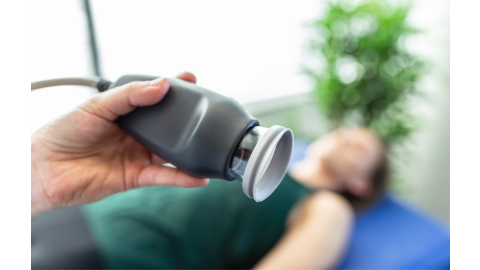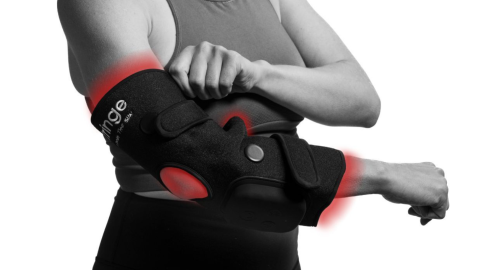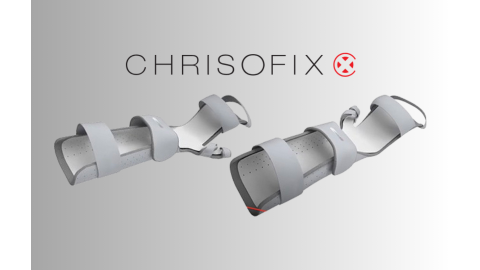What is Parkinson’s Disease?
Parkinson’s disease is a central nervous system disorder that can cause tremors, joint stiffness, loss of balance, and speech difficulty. There is no known cure for Parkinson’s disease, but medication and occupational therapy can help manage symptoms.
What Causes Parkinson’s Disease?
There is no certain cause of Parkinson’s disease. It has not yet been tied to any specific environmental, health, or genetic factors. However, understanding the symptoms and stages of Parkinson’s disease can allow for earlier diagnosis and treatment.
The Stages of Parkinson’s Disease Symptoms
Parkinson’s disease impacts everyone differently. Some people progress through the stages in months, while others may take years. Regardless of time frame, the symptoms can be categorized into five general stages.
Stage 1: Changes in posture & expressions
Symptoms of Parkinson’s disease often go unnoticed in stage one. In this stage, facial expressions and minor postural changes may occur.
Stage 2: Moderate joint stiffness & tremors
In stage two, symptoms become more noticeable. Joints may become stiff, but balance remains relatively stable. Everyday tasks such as eating and writing may become more difficult to complete. Weighted aids for Parkinson’s can make both of these tasks easier by reducing tremors.
Stage 3: Slower movements & increased risk of falling
In the third stage of Parkinson’s disease, movement becomes more difficult and joints are stiffer. Your risk of falling increases as reflexes become slower. Occupational therapy and balance training can help decrease the risk of falling. Use TheraBand Stability Trainers and other balance products to improve your stability
Stage 4: Less independence & difficulty standing
As reaction times become slower and mobility decreases, maintaining independence becomes more difficult. In stage four, many people will use a wheelchair or walker.
Stage 5: Difficulty standing & need for a wheelchair
In the most advanced stage of the disease, you may experience leg stiffness, and joints may lock when trying to stand. A caretaker is required to prevent falls and maintain safety. During this stage, most people will require a wheelchair or be bedridden.
More Information & Aids for People with Parkinson's disease
- A Beginner's Guide to Parkinson's Disease: Everything You Need to Know
- The Best Dining Aids for Parkinson’s Disease
- The 11 Best Shower & Bathing Aids for People with Parkinson’s Disease
References
Parkinson’s Foundation. (n.d.). Stages of Parkinson’s. Retrieved from https://bit.ly/2Sbfxge
Medical Disclaimer: The information provided on this site, including text, graphics, images and other material, are for informational purposes only and are not intended to substitute for professional medical advice, diagnosis or treatment. Always seek the advice of your physician or other healthcare professional with any questions or concerns you may have regarding your condition.








 France
France Australia
Australia





